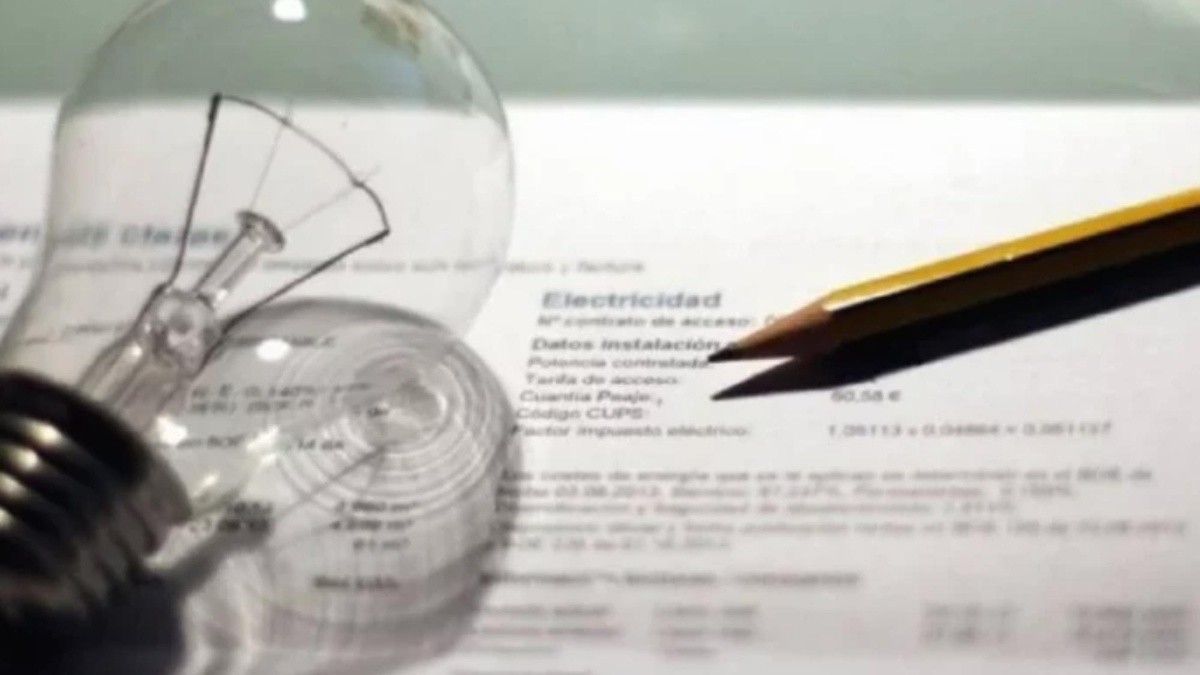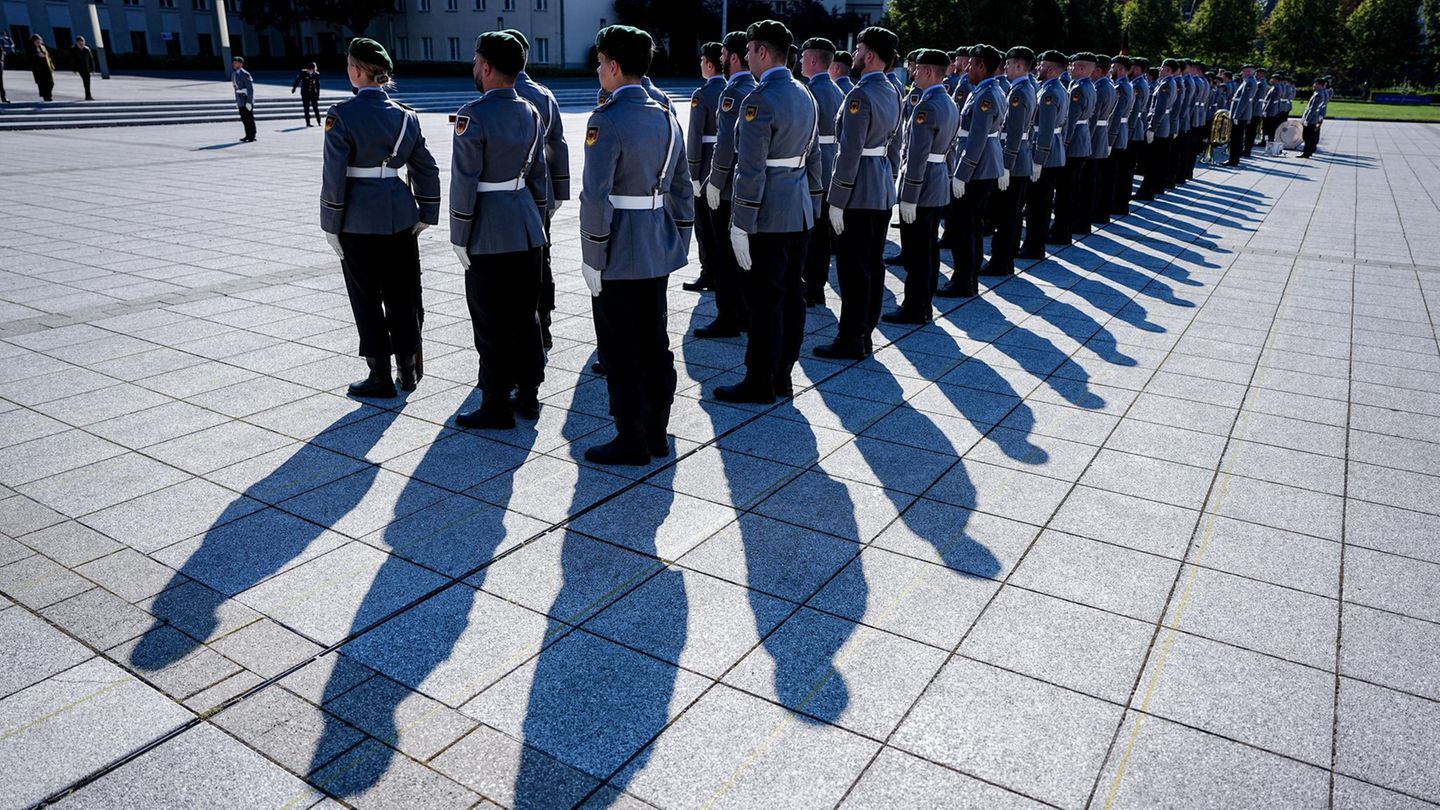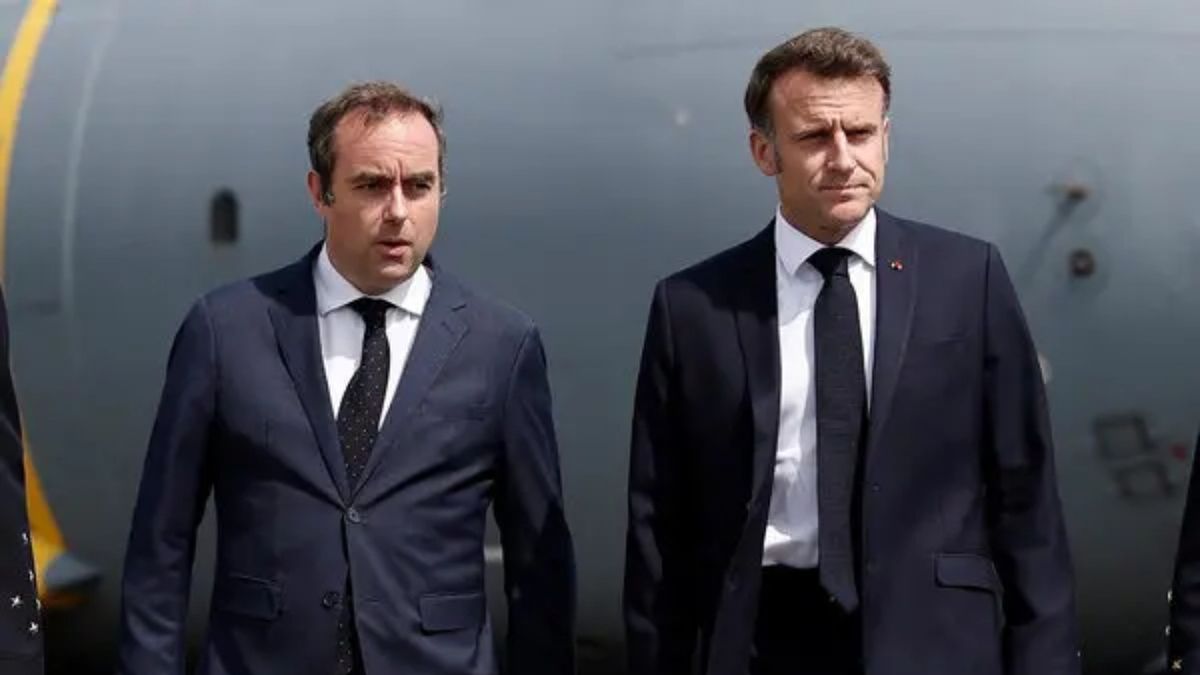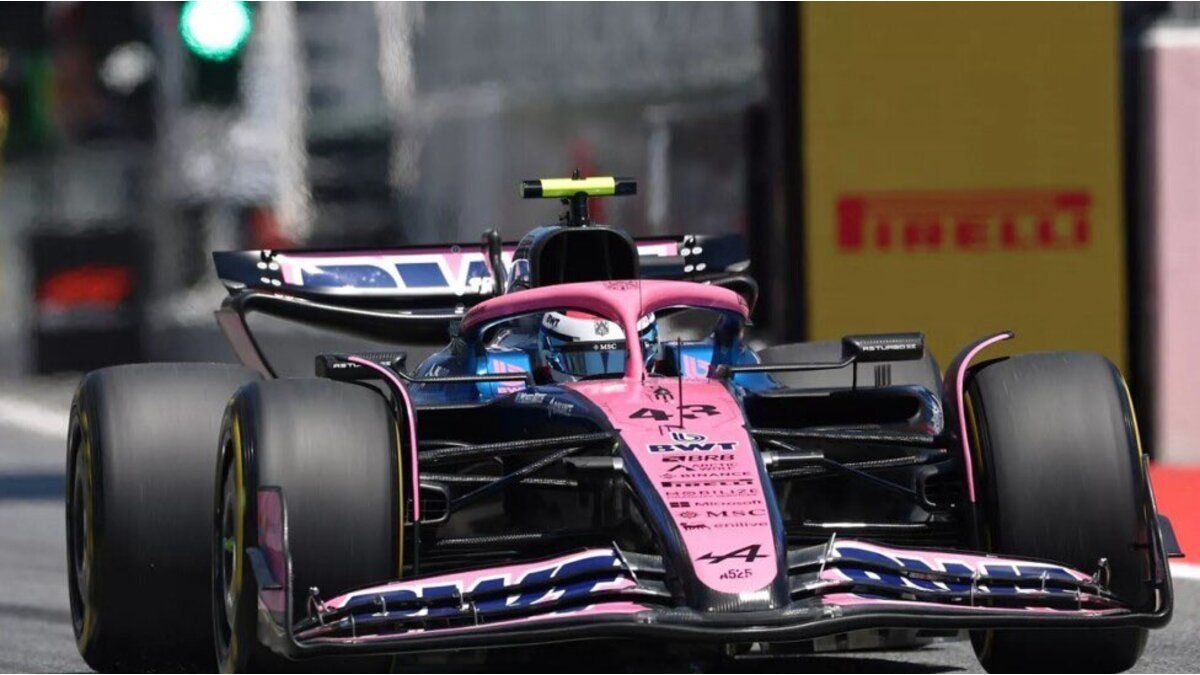According to a report on budget execution by the Scalabrini Ortiz Center for Economic and Social Studies (CESO), 75.8% of the subsidies went to the electricity sector and 24.2% to the gas sector.
The analysis clarified that since the 2022 Budget was rejected and the 2021 Budget was extended, the current credit amounts (authorized spending) began with last year’s values, and noted that a modification of the credit amounts is still pending. in force for each area and program that should have been carried out in April.
But as of June 6, according to CESO, energy subsidies represent 10% of the total expenditure of the national government, of which Cammesa concentrates the highest percentage: 74.4%.
“International costs, the drought and the heat wave had a strong impact on energy payments during the first quarter,” said the report accessed Ambit.
However, during May a “strong brake” in energy subsidies. In particular, on transfers to Cammesa, which fell from $130,701 million in march to $90,674 million already in april $51,483 million last month.
Energy Subsidies CESO May 2022 1.jpg
deceleration i In the first four months of the year, Cammesa’s spending on energy subsidies was 84% of the total. Last May, it fell to 74.4%.
“This may be due to reasons of a fiscal nature, to maintain compliance with the deficit and monetary financing goals with the IMF, but it can hardly be sustained,” analysts from the Study Center led by the economist Andres Asiain.
And they added: “As of June, energy subsidies are usually doubled due to higher gas consumption and even more so with the international prices that currently govern, so it will be difficult to sustain a growth rate below inflation in the coming months” .
The detail of energy subsidies in the first five months of 2022 reveals expenses in 14 different itemswhich include the importation of energy, residential subsidies for LPG consumers, the GasAr Plan in progress, pending payments of the Cambiemos gas plan established with Resolution 46 of Juan Jose Arangurenfunds for water infrastructure, assistance to companies producing and distributing natural gas, LPG and propane gas, the modernization of the electrical network of the AMBA and even funds for the work of the Salto Grande Mixed Technical Commission.
Energy Subsidies CESO May 2022.jpg

Slowdown II. In May, $120,573 million in energy subsidies were disbursed, 45% more than in the same month of 2021, well below the previous months.
CEASE
From the analysis of this detail some figures emerge that deserve attention:
- In May alone, $120.573 million in energy subsidies were disbursed. Last year, in the midst of the second wave of Covid-19 and with restrictions, spending was $83,052. In other words, in the year-on-year comparison, subsidies grew 45% in May, the lowest level of the five months analyzed.
- Cammesa has already executed $407,480 million, 62% of the total planned for 2022, taking into account that the 2021 budget was extended and that it can receive extra items. These new funds, which are generally doubled monthly in winter, will be used to purchase fuels abroad for thermoelectric generation.
- Integración Energética Argentina SA (now renamed Energía Argentina SA) has an expense plan of $232,254 and has used $93,749 million, 40%. It is expected that with the start-up of the Néstor Kirchner Gas Pipeline it will skyrocket.
- The Plan GasAr items for production companies in Vaca Muerta were reinforced, with an extra $43,006 million to accumulate $72,306 million, almost double last year.
- Spending on the Hogar Program (+ $13,167 million) was also increased, which allows thousands of people to access 10-kilo bottles at prices set by the Ministry of Energy. Like the GasAr, this was possible after the expiration of Resolution 46/2017, which involved spending less than $63,398 million.
Increase in total spending and which is the ministry with the least execution
At a general level, last May the Government accelerated the level of spending. At the end of the fifth month, they were executed in total $5,473,010 million during the first five months of 2022. This implies a 76% increase in execution compared to the same period last year. The increase is mainly explained by increases in economic subsidies (+96%). Social services – which are the most significant component of spending – grew by 71%.
The execution of the month of May was 75% higher than that of May last year. This shows a new acceleration in spending, which in April had increased by 66%.
In the portfolio analysis, the Ministry of Women, Gender and Diversity it is the one with the highest level of execution (65.2%), but it is also the one with the lowest budget allocated ($20.1 billion, 0.19% of the total). Meanwhile, the Ministry of Productive Development who recently left Matias Kulfas it is the one with the lowest execution in the period ($24,897 million), 17.9% of the $139,449 million allocated.
Source: Ambito
David William is a talented author who has made a name for himself in the world of writing. He is a professional author who writes on a wide range of topics, from general interest to opinion news. David is currently working as a writer at 24 hours worlds where he brings his unique perspective and in-depth research to his articles, making them both informative and engaging.




